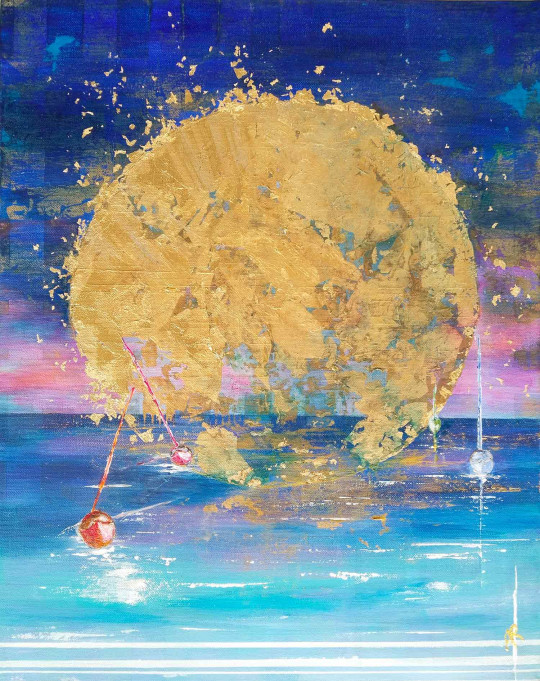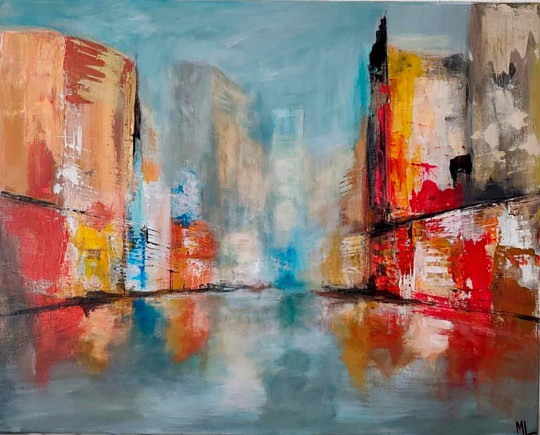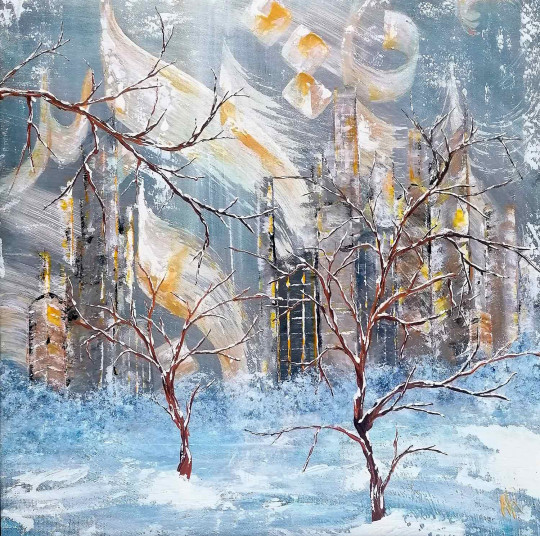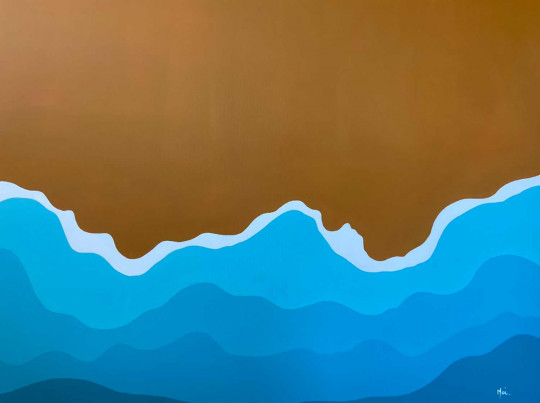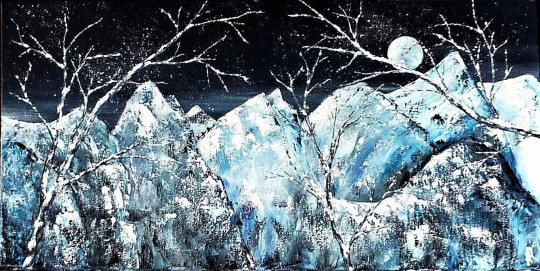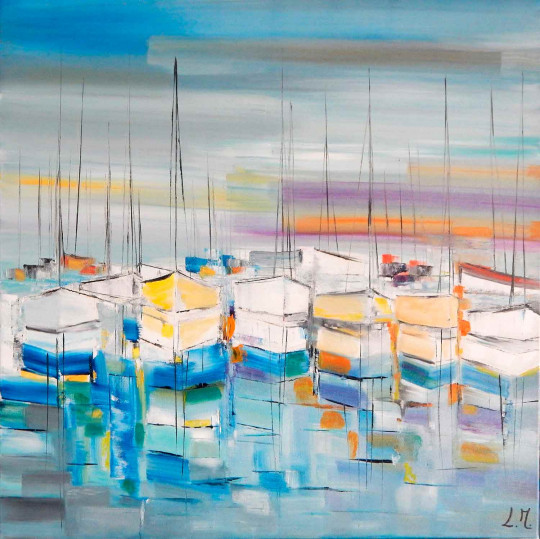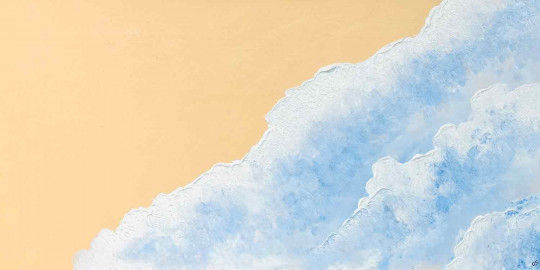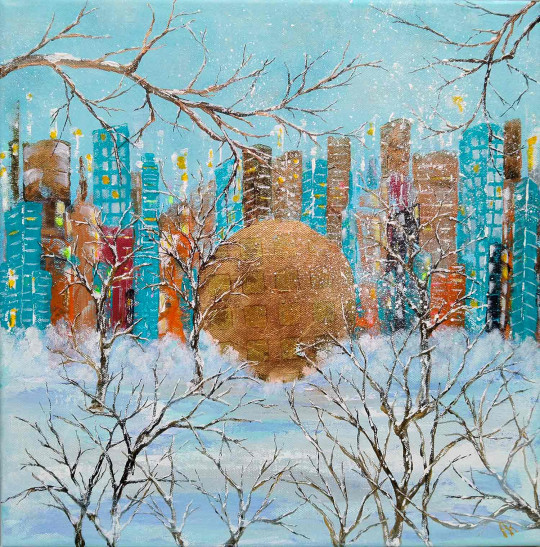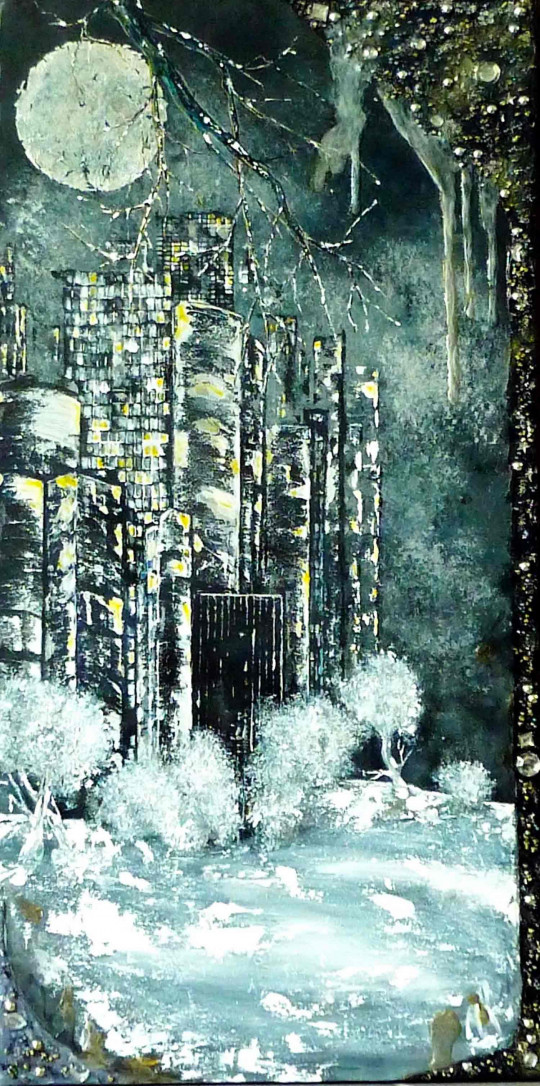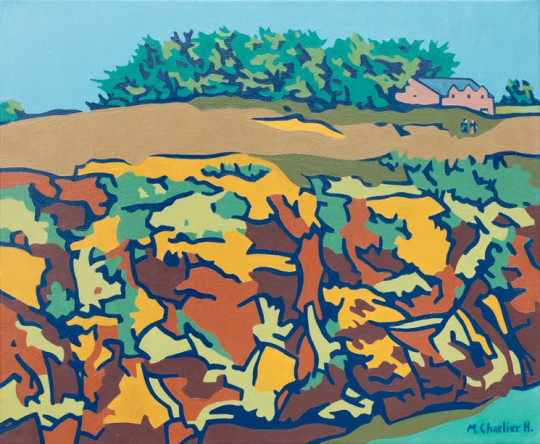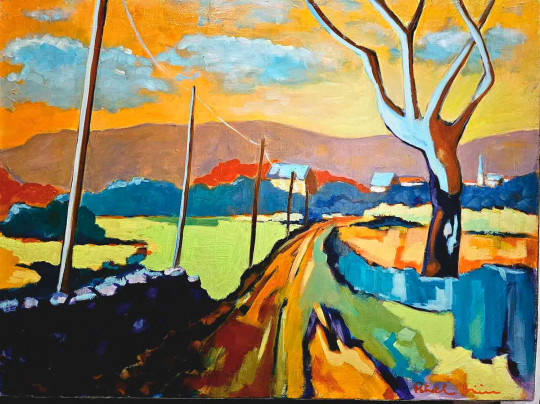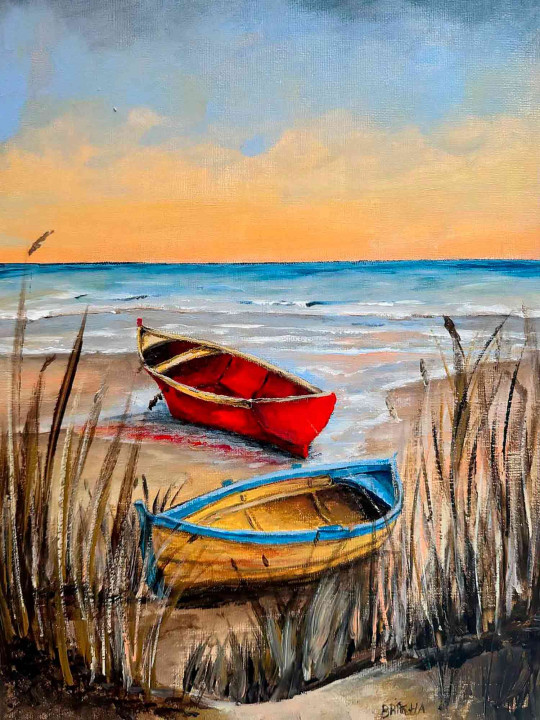Landscape painting appears late in the XVI°s, it is only of use as decoration to a historic or mythological scene. It is only at the beginning of the following century that this pictorial genre blooms and becomes autonomous. We find the beginnings of this practice in the natural decors of tapestries and in painting and medieval miniatures connected to rustic life's themes, to human activities and timetable. Flemish and German artists allowed a decisive evolution in the elaboration of background paint, with picturesque and complex compositions. In its origins, landscape painting is essentially practised in the North, but it is going to spread and to find a new esthetic evolution in Italy. At the Renaissance, this pictorial genre reaches maturity, landscape theme is often used but artists do not represent real landscapes, they are inspired by elements of reality for their pictorial value to recompose an imaginary, an unreal landscape. This fantastic vein was also developed by painters in Antwerp. In the XVII°s, landscape painting is institutionalized, at first the landscape was a work piece component, from now on it becomes a pictorial genre.
It is with Nicolas Poussin and Claude Le Lorrain that landscape painting shall gain respectability with landscape refered as "classic", where idealized nature occupies an important place within the work, as if it was a full character. In the XVIII°s, artists will have a vision and a more romantic use of landscape and in the XIX°s, the picturesque and the sublime will prevail. In the middle of the century, the famous School of Barbizon will have a singular approach where landscape becomes the subject of the picture. With the impressionists, the artists went out to paint outdoors, they will have a more subjective approach to landscape, in particular with the use of colors, then landscape takes an increasing important place. Upon contemporary period, the development of abstraction and photography, landscape becomes an old-fashioned pictorial genre.
 English
English Français
Français
